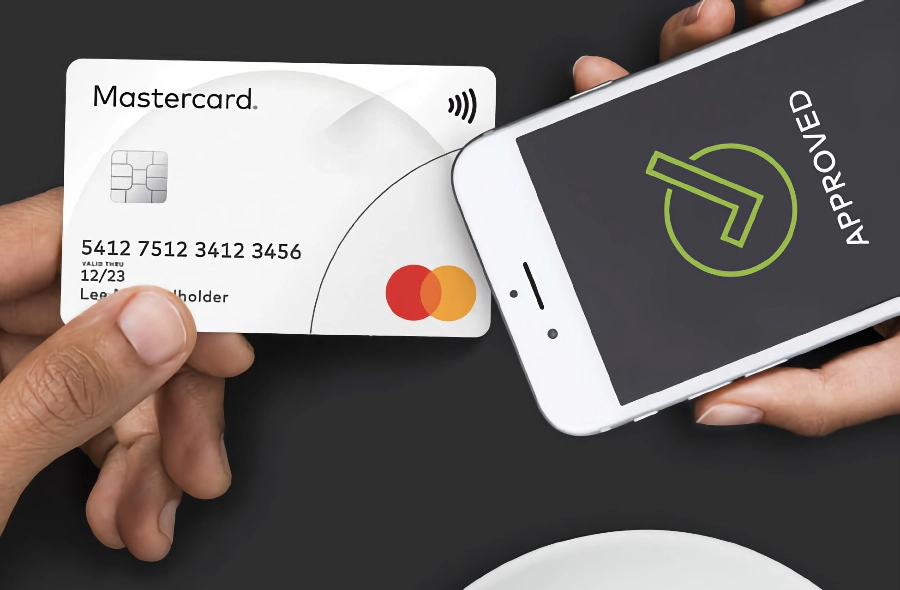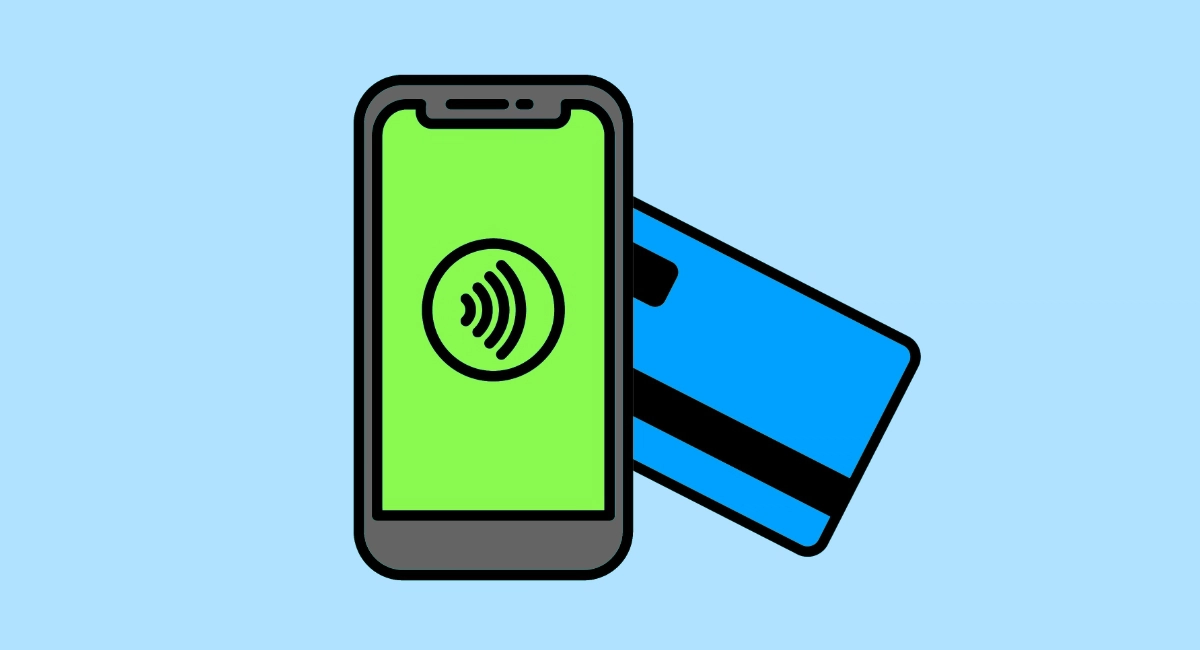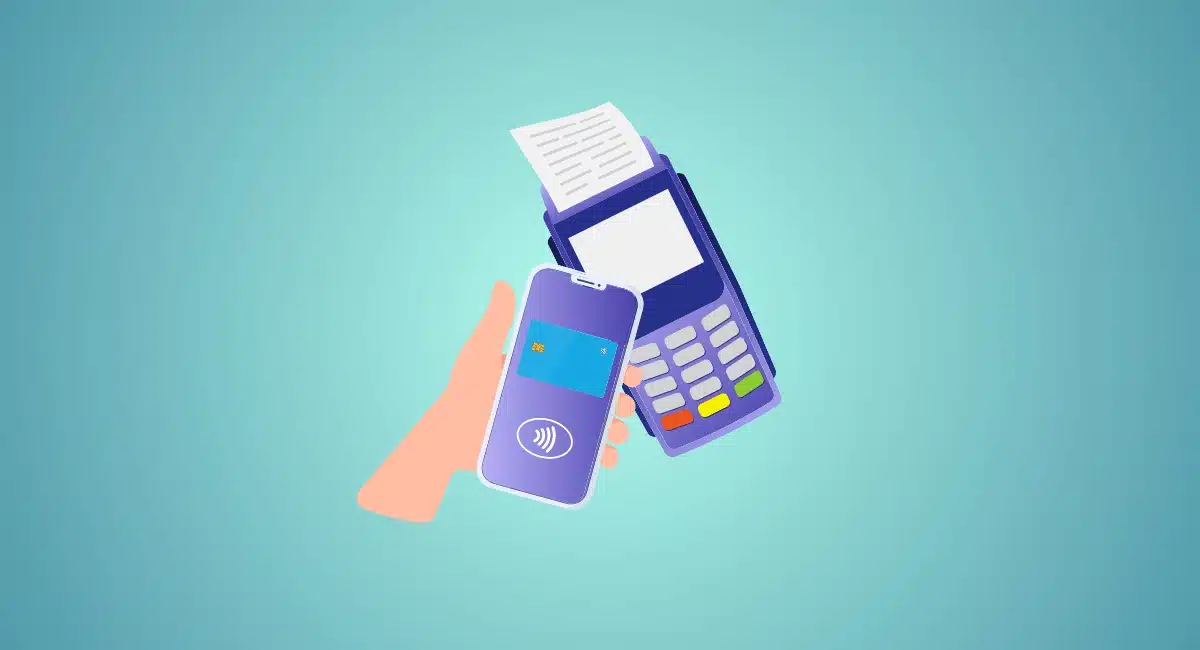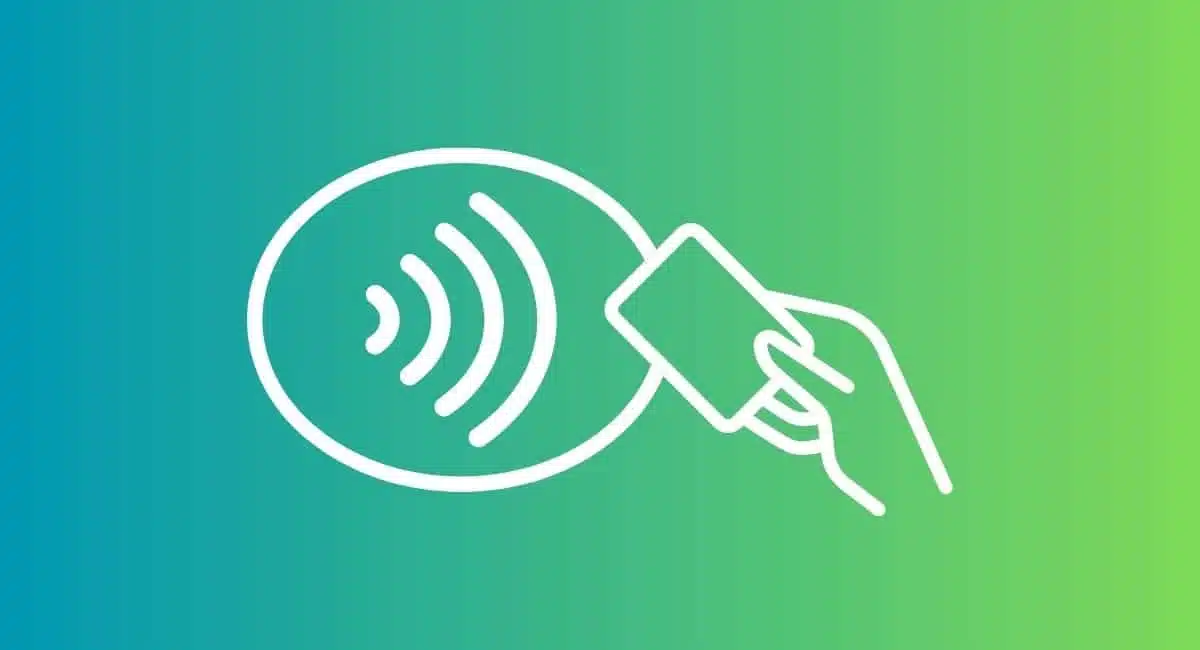The short version
- SoftPOS (Software Point of Sale) turns smartphones into contactless payment terminals, allowing businesses to accept payments without a card reader.
- It uses NFC technology to process transactions securely via apps, so cardholders can pay by tapping their card or mobile wallet on the phone.
- While still niche, the technology is gaining traction, with major payment providers offering solutions.
- Many businesses still prefer traditional card readers for customer trust and familiarity.
Traditionally, we’ve needed a card machine to accept contactless cards. Now, the technology ‘softPOS’ accepts contactless payments on just your smartphone.
SoftPOS is short for ‘Software Point of Sale’. It refers to any software-based solution that turns your smartphone into a contactless payment terminal without extra equipment like a card reader.
The technology is a payment app where you create a transaction and accept the tap of a card or digital wallet on the back of the phone to finalise the payment.
SoftPOS only works on smartphones, tablets and other mobile touchscreen devices with Near-Field Communication (NFC) built in.
Mastercard calls softPOS Tap On Phone whereas Visa calls it Tap To Phone.
In the mainstream, ‘Tap to Pay’ has become the chosen term.
SoftPOS meaning
SoftPOS (Software Point of Sale) is the technical name for Tap to Pay on iPhone/Android. The software turns an NFC-enabled mobile device into a contactless payment terminal without a card reader.
How softPOS works
Although most new smartphones use NFC technology and should in theory be ready to accept tap payments, a certain setup is required.
To accept softPOS payments, merchants need the following:
- iPhone or Android smartphone
- Merchant account with a Tap to Pay provider
- Tap to Pay app
Quite a few Tap to Pay solutions have been launched in the UK, for example from Square and Revolut.
To accept contactless payments, your business needs to be signed up with a payment processor.
Unless you’re receiving payouts in an online account provided by the payment platform, you’ll also need to link a bank account.
You can then download the app on your NFC-enabled mobile device, also called a commercial off-the-shelf (COTS) device.
The app is specially designed to use one-off dynamic cryptograms to securely process cards following strict card industry standards from EMVCo and PCI Security Standards Council.
Photo: Mastercard

Mastercard refers to its softPOS technology as ‘tap on phone’.
You’ll need to log into the app, enter a transaction amount and confirm it.
The cardholder can then hold their credit or debit card or mobile wallet (Apple Pay, Google Pay, Samsung Pay) up against the back of your phone until the transaction is complete. If a PIN is required, the app will display a PIN pad for the customer.
Your smartphone uses its mobile connection (4G etc.) or WiFi to process transactions over the internet, so softPOS does not work offline.
Still relatively niche as a payment method
Despite the promises of greater convenience and presumed obsolescence of “old” card machines, softPOS is still a niche payment method.
A few years ago, this was because tap-on-phone was only available on Android devices, but Apple now allows developers to add Tap to Pay in iPhone apps. We’ve since seen many Tap to Pay on iPhone solutions launch in the UK.
Secondly, consumers and merchants are used to the concept of a card reader that’s clearly not the merchant’s personal phone. Customers need a level of trust to let a stranger read their payment card, but this is gradually changing as Tap to Pay has gone more mainstream.
As of yet, small businesses are still happy to buy a cheap card reader that people recognise, and use this alongside their phone.




